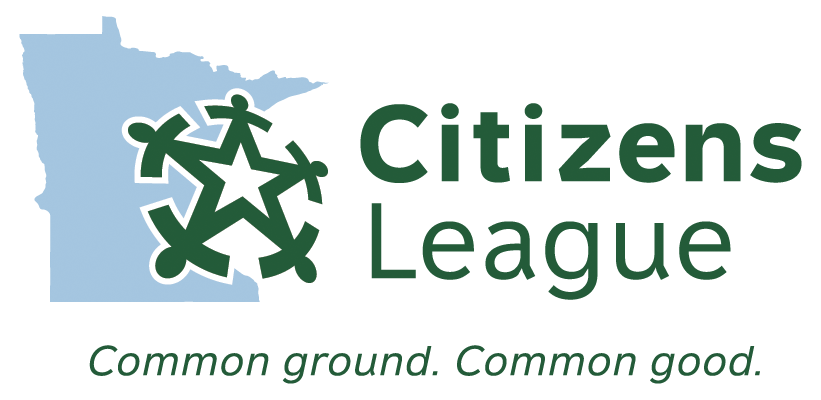I have been engaging in research about resilience indicators, such as mindfulness, thriving, happiness, self-doubt and self-sabotage, to name a few. Shawn Achor’s work on “The Happiness Advantage” contradicts the myth that happiness is driven by predominantly external influences. His research findings show that 10% of our long-term happiness is derived from influences that are external or material and 90% of our happiness comes from internal factors, or how we perceive the world. With this in mind, the first three domains have tremendous influence on how we process our daily experiences and make meaning of them.
I’ve been speaking to numerous organizations about resilience (most recently at Blue Cross and Blue Shield of Minnesota). One of the ways I conceptualize resilience in our daily practice is to start at the micro level. From my observations over the years, I have witnessed resilience practices within four domains: mind, body, spirit, and environment. Within each of these domains, we are able to narrow our focus, energy, and intentions toward micro strategies that move us toward integrating a resilience practice into our daily lives.
Resilience Domain #1: Mind
 To the surprise of many, the mind is a powerful and frequently underestimated tool for resilience. Our mindset, belief systems, cognitive flexibility, and mental fortitude are just a few of the focal areas of practice. I urge you to elevate the mind to its rightful and essential status as you develop your own practice of resilience. Some micro practices I recommend are tuning into your mindset, beliefs and assumptions, as well as your actual versus perceived agency in a given environment or situation.
To the surprise of many, the mind is a powerful and frequently underestimated tool for resilience. Our mindset, belief systems, cognitive flexibility, and mental fortitude are just a few of the focal areas of practice. I urge you to elevate the mind to its rightful and essential status as you develop your own practice of resilience. Some micro practices I recommend are tuning into your mindset, beliefs and assumptions, as well as your actual versus perceived agency in a given environment or situation.
Resilience Domain #2: Body
 The body, our physical container, needs to be sustained and developed. What we put into our body with food and drink, the type and frequency of exercise and movement – these are necessary ingredients. Daily hydration practices and diet can fuel our body and our mind. Track your water intake by using a super special smart watch, apps for tracking water, or go old school by using rubber bands. Each Sunday, I practice pilates thanks to my partner who teaches a BIPOC (Black, Indigenous, People of Color) pilates course. The health of our physical self is an important foundation in which the effects can trickle throughout other domains that impact resilience. What are you currently practicing regarding hydrating and nourishing your body? Take note of what’s working well and reduce practices that are not supporting your health.
The body, our physical container, needs to be sustained and developed. What we put into our body with food and drink, the type and frequency of exercise and movement – these are necessary ingredients. Daily hydration practices and diet can fuel our body and our mind. Track your water intake by using a super special smart watch, apps for tracking water, or go old school by using rubber bands. Each Sunday, I practice pilates thanks to my partner who teaches a BIPOC (Black, Indigenous, People of Color) pilates course. The health of our physical self is an important foundation in which the effects can trickle throughout other domains that impact resilience. What are you currently practicing regarding hydrating and nourishing your body? Take note of what’s working well and reduce practices that are not supporting your health.
Resilience Domain #3: Spirit
 There are many different understandings of spirit and soul. In the context of resilience, it might be useful to understand spirit as that core part of ourselves, the essence of our being, where fulfillment, belonging, and purpose live. When I view art or watch a play, attend a concert, I am feeding my spirit. It’s that reservoir where I notice the presence or absence of ideas, people, expressions that inspire me. It’s where your passion lives. It’s the force that needs frequent re-fueling.
There are many different understandings of spirit and soul. In the context of resilience, it might be useful to understand spirit as that core part of ourselves, the essence of our being, where fulfillment, belonging, and purpose live. When I view art or watch a play, attend a concert, I am feeding my spirit. It’s that reservoir where I notice the presence or absence of ideas, people, expressions that inspire me. It’s where your passion lives. It’s the force that needs frequent re-fueling.
Resilience Domain #4: Environment
 The fourth domain, environment, refers to our physical surroundings and the tone of the the attitudes, tone and tenor of language, and the people within our environments. In recent years, I have engaged in a constant practice of auditing my environment for positive, neutral, and negative influences. Some elements of our environment may be out of our control to change. It’s important to note them and compensate with other infusions of positivity, abundance, and possibility into our environment. The research about person-environment highlights the reciprocal influences and interactions between us and our surroundings.
The fourth domain, environment, refers to our physical surroundings and the tone of the the attitudes, tone and tenor of language, and the people within our environments. In recent years, I have engaged in a constant practice of auditing my environment for positive, neutral, and negative influences. Some elements of our environment may be out of our control to change. It’s important to note them and compensate with other infusions of positivity, abundance, and possibility into our environment. The research about person-environment highlights the reciprocal influences and interactions between us and our surroundings.
These domains are dynamic and interconnected. In order to develop micro-habits in any one of these domains, it’s helpful to draw practical connections to other domains of practice. For example, surrounding yourself with affirmational messages and images can inspire physical movement, embodied breathing, hydration, and uplifting a positive mindset. Don’t underestimate the power of any one of the domains and look for strategies that target multiple domains.
Interested in learning about resilience strategies you can implement today? Check out my blog post, “7 Resilience Strategies for 2018”.
Did you enjoy these resilience affirmations? Check out the “Stay Resilient” digital resilience workbook. Purchase your copy here.
Thanks for reading!
Looking for a speaker to engage your team of professionals or student leaders in resilience practices? I am currently accepting speaking requests and spots are filling up quickly. Contact me using my online form to explore possibilities for partnership.
*This post contains affiliate links and I will be compensated if you make a purchase after clicking on these respective links. Any questions about this? Please feel free to contact me.
Subscribe to our listserv
Want free resources, tips, and tools?








